Dive into the Power & Passion of ‘Tenor Madness
In the vast panorama of jazz, Sonny Rollins’ “Tenor…
John Coltrane‘s “Olé Coltrane” is a pivotal album. The record’s three tracks ooze audacity, showcasing the artist’s voracious appetite for exploration. This album remains a testament to Coltrane’s unyielding commitment to his art. The blare of Coltrane’s sax, the feverish cadence of the compositions, and the profound depth of the themes established “Olé Coltrane” as a milestone in jazz.
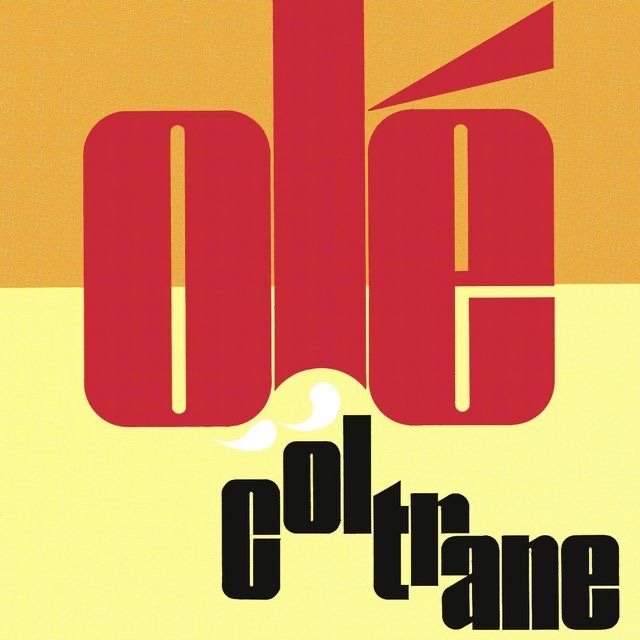
Recorded on May 25, 1961, this transformative work was released under the banner of Atlantic Records. The sessions took place at the famous A&R Studios in New York City. The studio, known for its distinctive acoustics, added an extra layer of mystique to Coltrane’s vibrant sound.
John Coltrane, often hailed as a colossus of jazz, needs no introduction. His relentless pursuit of musical expression had already earned him the status of a maverick. Prior to “Olé Coltrane,” he was honing his skills in collaborations with Miles Davis and Thelonious Monk, among others. In this album, we see Coltrane adopting a more adventurous approach, pushing the boundaries of his craft.
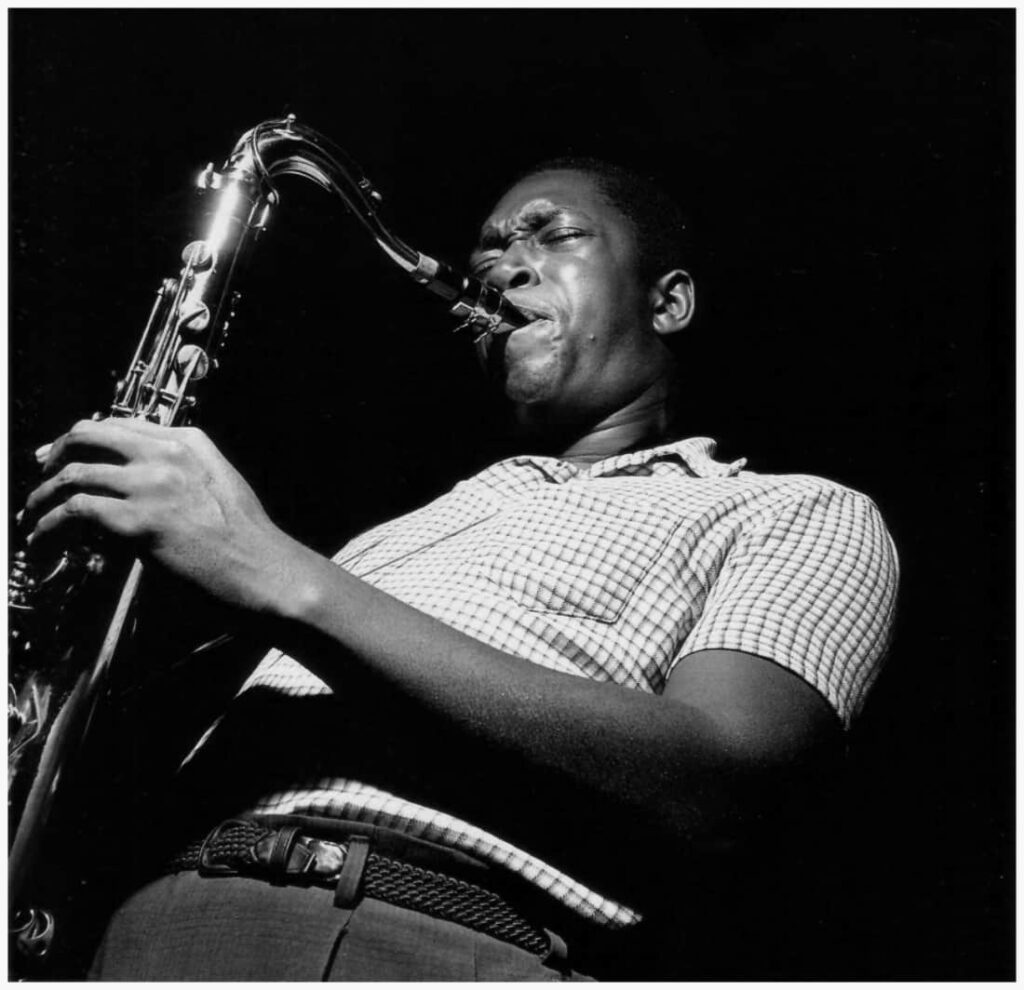
McCoy Tyner, the keyboard maestro, was Coltrane’s indispensable collaborator. His warm, flowing harmonies played an essential role in crafting the album’s sound. Leading up to this project, Tyner had been establishing himself as a formidable presence, both as a band member and as a solo artist.
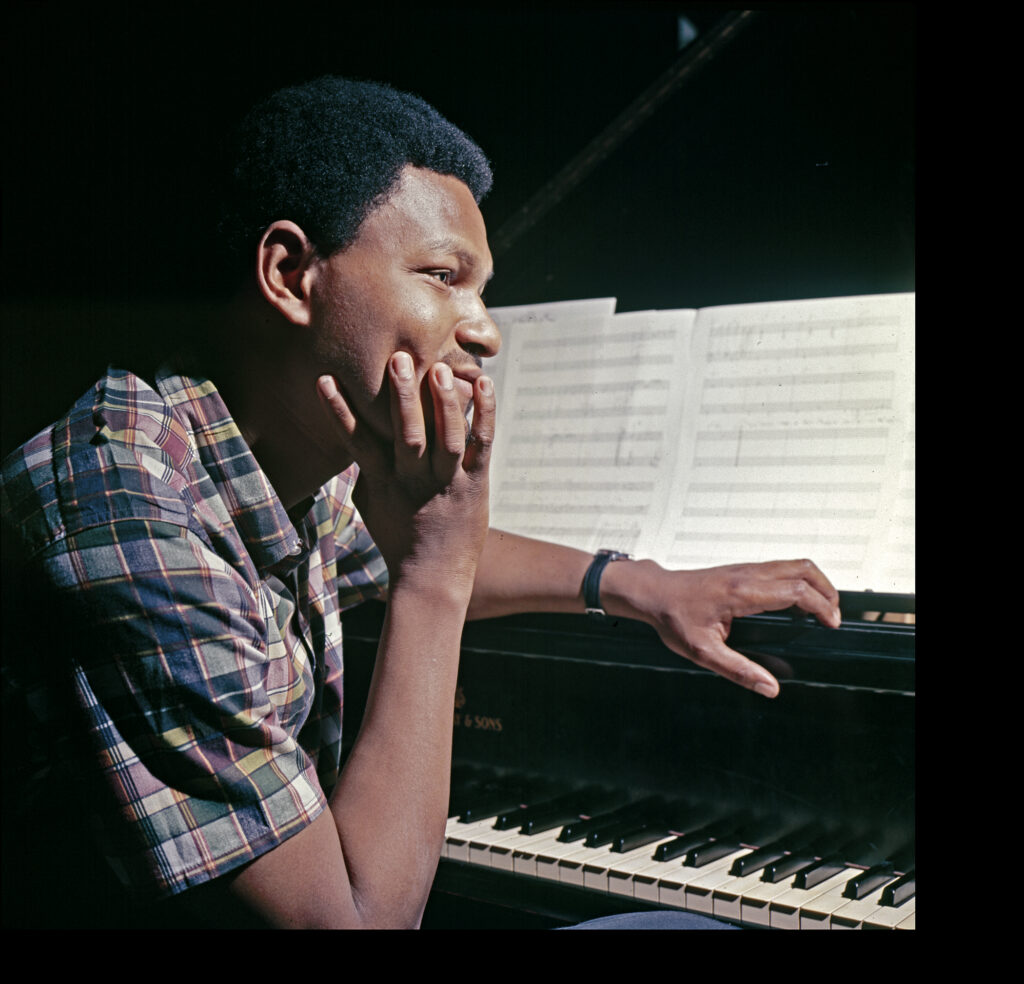
Elvin Jones, with his dynamic drumming technique, added new rhythmic dimensions to Coltrane’s compositions. His career had been a succession of noteworthy collaborations, with luminaries like J.J. Johnson and Sonny Rollins. In this album, Jones’ drumming is forceful yet nuanced, complementing the complex textures of Coltrane’s compositions.
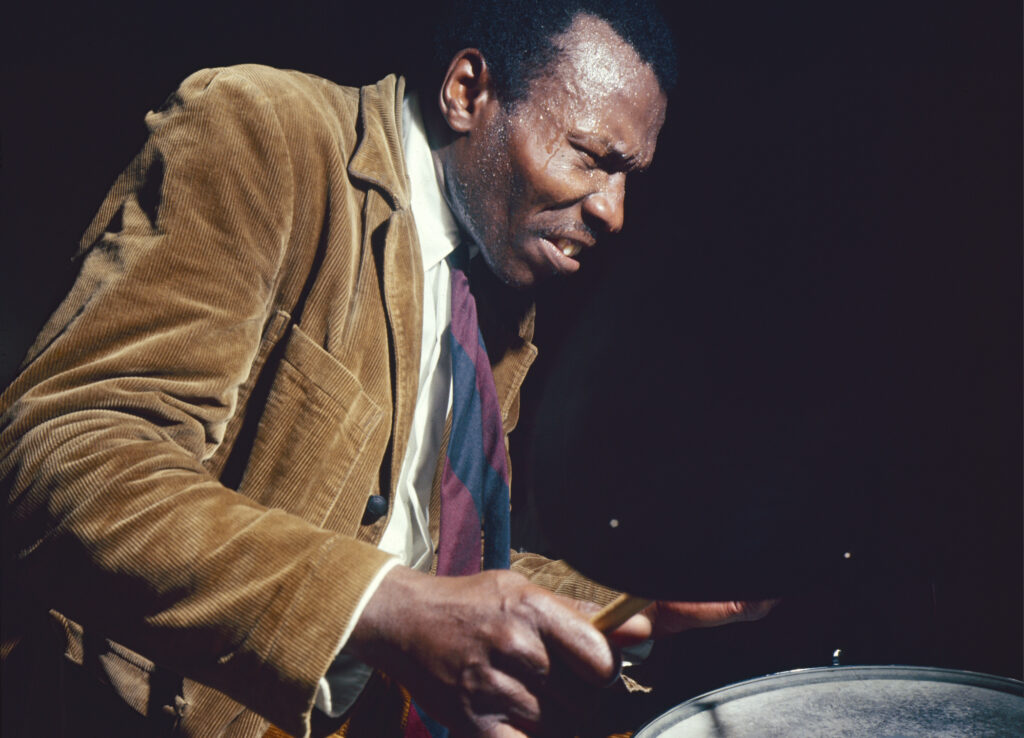
Art Davis and Reggie Workman were responsible for the album’s profound and compelling bass lines. Davis, a classically trained musician, had already collaborated with Max Roach and Dizzy Gillespie. Workman, known for his innovative style, had played with prominent artists such as Gigi Gryce and Red Garland. Together, their dual bass work added depth and intricacy to the album.
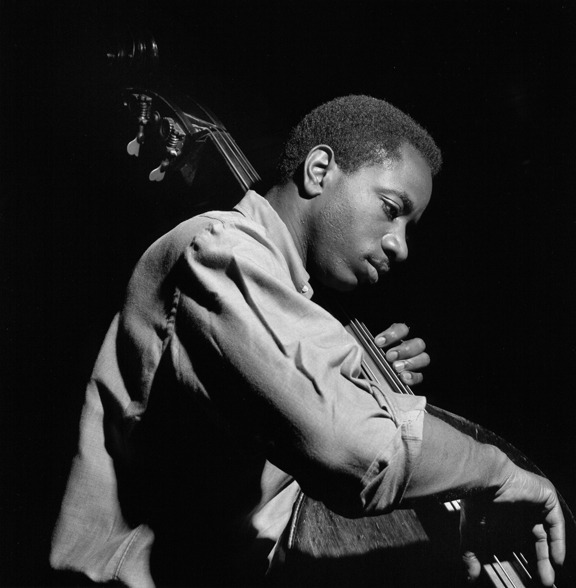
“Olé,” the title track, is an 18-minute opus that draws heavily from Spanish musical tradition. Coltrane’s soprano sax soars over the piece’s rhythmic pulses, establishing an ethereal atmosphere. Davis and Workman’s masterful bass playing underpins the melodic narrative, supporting the other musicians’ inspired improvisations.
“Dahomey Dance” presents another facet of Coltrane’s artistry. The tune is more reminiscent of conventional blues, with Coltrane on tenor sax. The dual-bass frontline and Dolphy’s surreal flute solo distinguish this piece from its Kind of Blue contemporaries.
“Aisha” is a sensual track authored by Tyner. The composition is a showcase of interaction between the musicians, who navigate Tyner’s melodic landscape with palpable joy and respect. Hubbard and Dolphy, despite their “guest” status, make significant contributions, their solos shimmering like jewels.
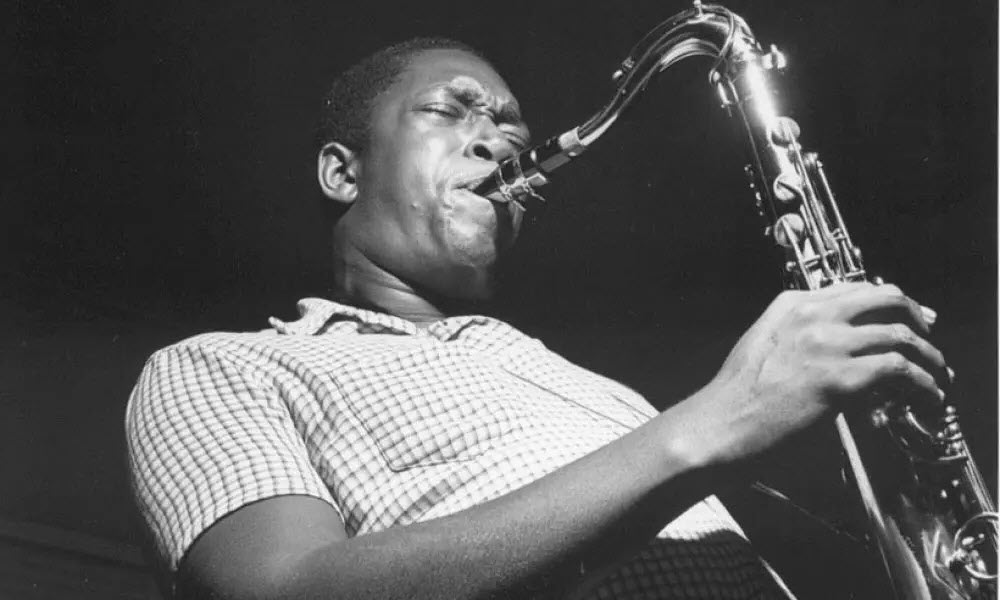
The music of “Olé Coltrane” intertwines Eastern modalities with Western harmonies, creating an intricate tapestry of sound. The exploration of Islamic Spanish and African musical traditions is remarkable. This fusion, coupled with Coltrane’s lyrical improvisation, results in an album teeming with life and imagination.
Upon release, “Olé Coltrane” was met with both awe and confusion. Some found it too experimental, while others hailed it as a visionary masterpiece. Regardless, it undeniably sparked conversations and debates, and has since become a touchstone of innovative jazz.
Today, “Olé Coltrane” is viewed as a significant milestone in Coltrane’s musical journey. Its adventurous spirit continues to inspire generations of musicians, helping to redefine the possibilities within jazz. The album’s influence is evident in the works of artists such as Kamasi Washington, Nubya Garcia, and Shabaka Hutchings, all of whom fuse various musical traditions in their compositions.
In conclusion, “Olé Coltrane” remains an enthralling testament to the boundless creativity of John Coltrane. It captures a transformative moment in the artist’s career, offering a window into the soul of a genius who refused to be bound by any musical convention. This album is more than just a collection of tracks – it’s an extraordinary voyage that invites us to traverse uncharted musical territories, much like Coltrane did over half a century ago.